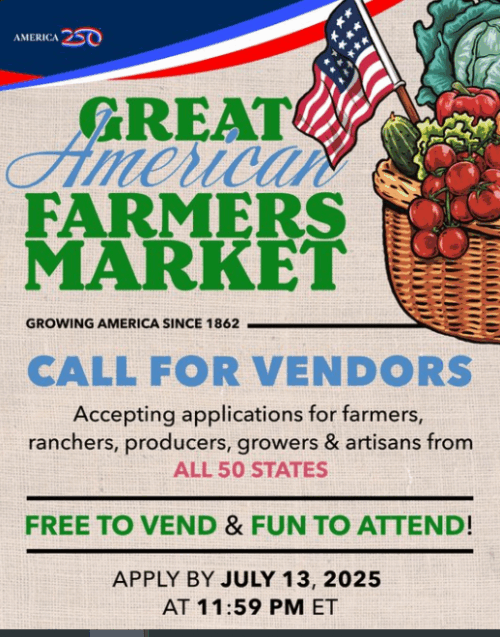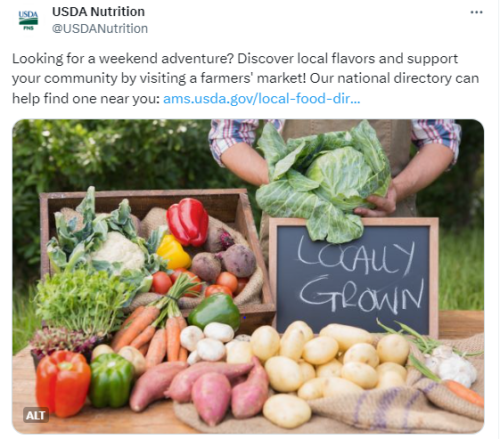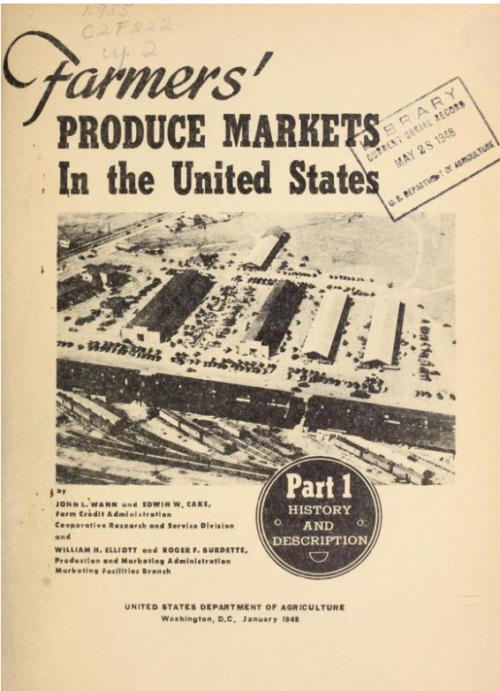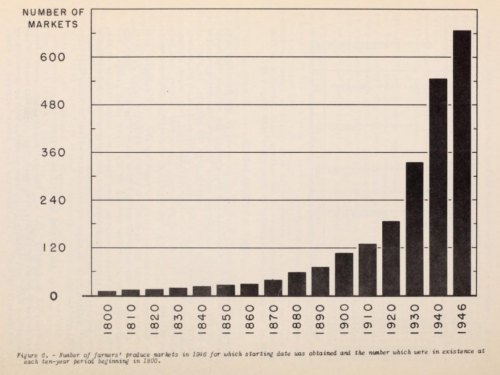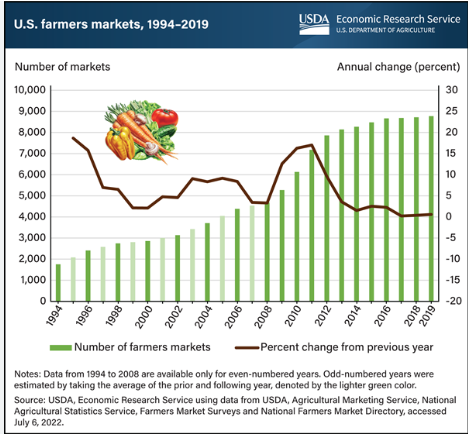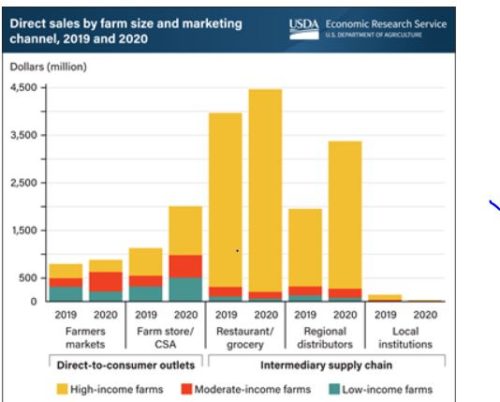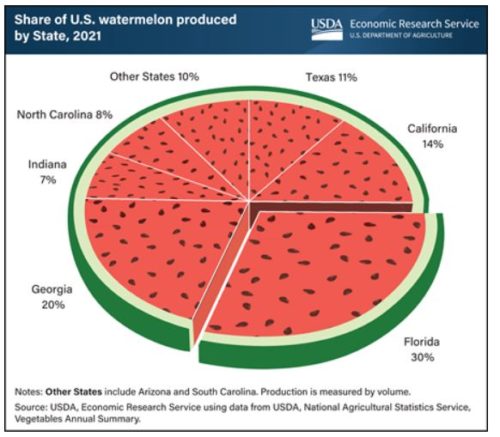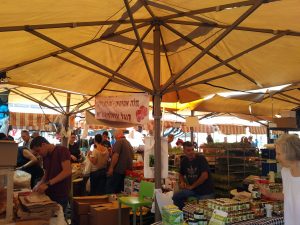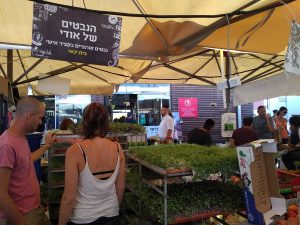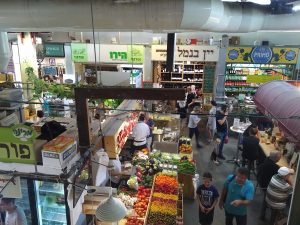USDA to host a farmers’ market on the National Mall. Farmers: Apply now!
“There is no greater celebration of America’s legacy than through American agriculture! Farmers helped found our nation and for centuries have diligently passed down the craft of feeding, fueling, and clothing their fellow patriots. The Great American Farmers Market is a celebration of the almost 250 years since our inception and a chance to honor the heart of our nation: agriculture,” said Secretary Rollins.
The press release gives the details:
The ribbon cutting and grand opening of the Great American Farmers Market will be on August 3rd, 2025. For market hours, daily programming updates, and vendor sign-ups, visit our website. Vendors including farmers, ranchers, bakers, dairy producers, beverage producers, fishermen, food concessions, and meat processors are encouraged to apply. To learn more about other farmers markets across the country, visit www.usdalocalfoodportal.com.
USDA also uses social media these days.
USDA (@Dept. of Agriculture) posted: Want to participate as a vendor at the Great American Farmers Market on the National Mall? We’re looking for farmers, ranchers, and producers from all 50 states who want to sell what they grow, raise or produce on their farm! Apply by Sunday, July 13 @ 11:59PM ET
Participation is free. Here’s the link to the application form.
